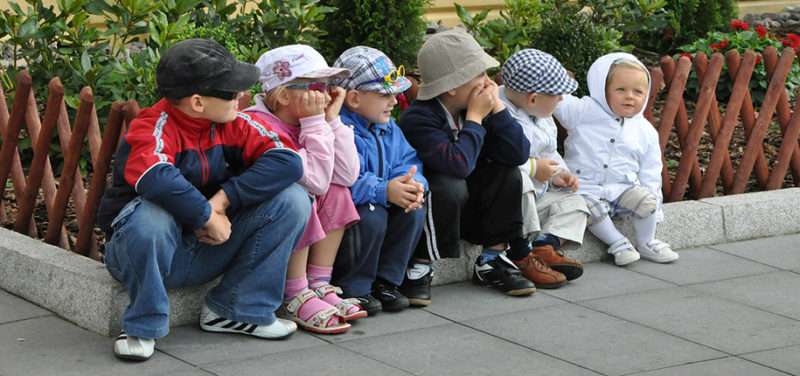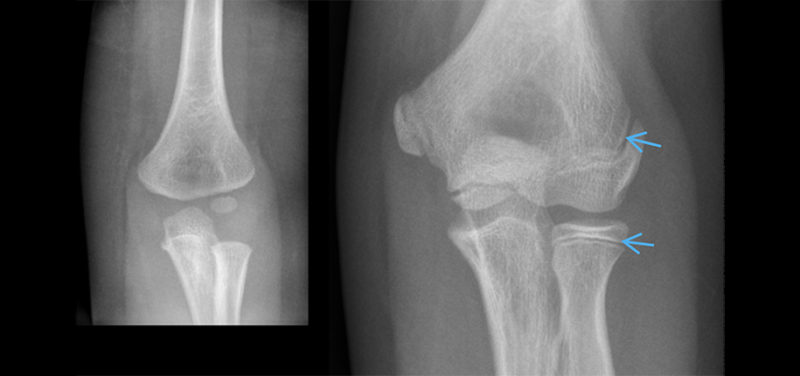

Ever wonder how a child grows from infancy to full adult size? Lots of intricate things occur to signal and mold that process, many of which involve skeletal growth.
In order for bones to be healthy and grow normally, there must be proper blood flow, the necessary raw materials like calcium and phosphorous, normal genetic/chemical signaling, and an appropriate balance of external forces typically encountered in everyday living including physical activity and the effects of gravity.
Most bones are formed from cartilage through an active process called ossification. By the time of birth, many of the major bones of the skull, spine, and extremities are already largely ossified, but will continue getting bigger. The extremity bones have a special region near each end called the growth plate, or physis that is responsible for longitudinal growth.

The bones are largely covered by a special membrane, the periosteum, which controls growth in width and is also responsible for fracture healing. The structures that result in bone growth are made of cartilage or fibrous tissue that are not directly seen on x-rays. Sometimes, such as with certain fractures, other imaging studies like MRI or ultrasound are used to evaluate these structures to ensure proper treatment and healing.

Growing bones have a remarkable capacity to heal and remodel so that even after significant injury, with proper treatment children’s bones will usually repair damage and proceed with normal growth. That is pretty cool!
Contributed by Dr. Kathleen Emery and edited by Janet Adams, (ADV TECH-ULT).
